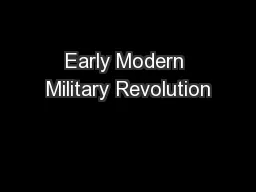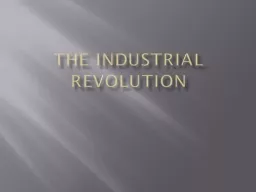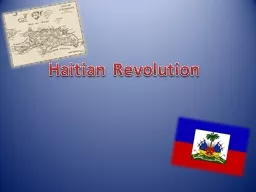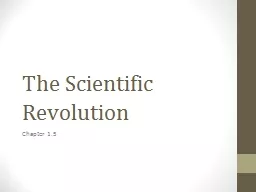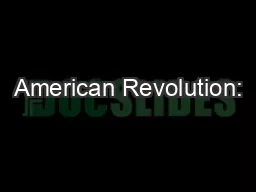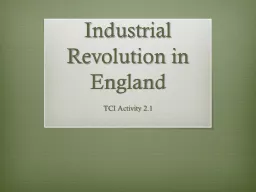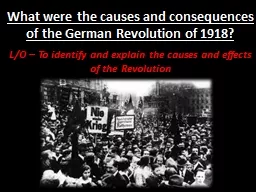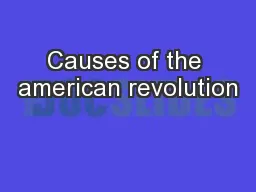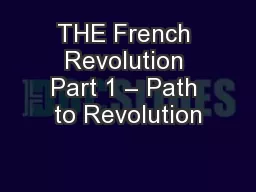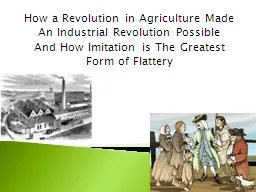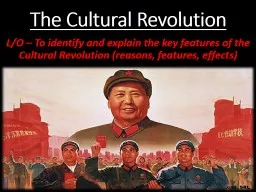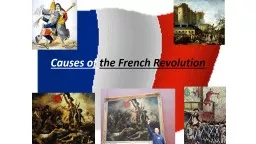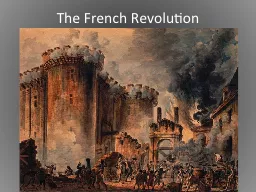PPT-Find Your Revolution
Author : kittie-lecroy | Published Date : 2016-09-20
The Next Generation Leaders Sparking a COP Revolution An Implementation Session at 2015 Annual Conference Leading the Revolution Moderators Stacey Gibson Burns
Presentation Embed Code
Download Presentation
Download Presentation The PPT/PDF document "Find Your Revolution" is the property of its rightful owner. Permission is granted to download and print the materials on this website for personal, non-commercial use only, and to display it on your personal computer provided you do not modify the materials and that you retain all copyright notices contained in the materials. By downloading content from our website, you accept the terms of this agreement.
Find Your Revolution: Transcript
Download Rules Of Document
"Find Your Revolution"The content belongs to its owner. You may download and print it for personal use, without modification, and keep all copyright notices. By downloading, you agree to these terms.
Related Documents


